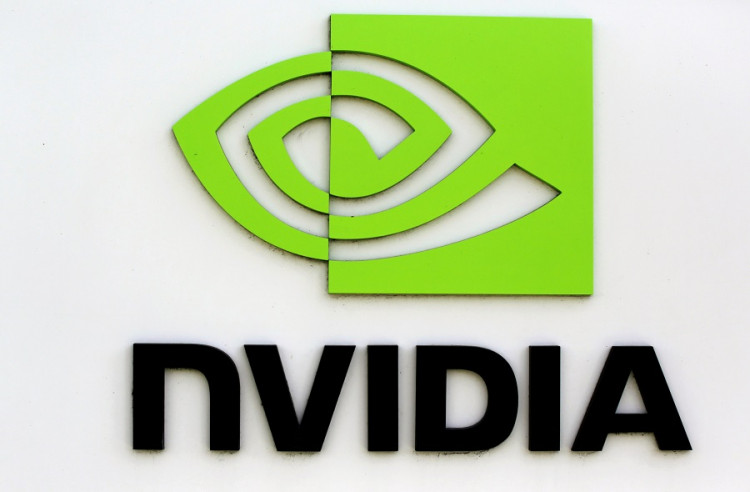Nvidia, a frontrunner in the graphics processing unit (GPU) market, recently unveiled its latest and most potent AI chip yet, the H200. This groundbreaking GPU, an upgrade from its predecessor the H100, is designed to revolutionize the training and deployment of artificial intelligence models, particularly those at the forefront of the generative AI boom.
The H200 GPU, which is set to hit the market in the second quarter of 2024, is expected to significantly outpace the H100, the chip behind the training of OpenAI's advanced large language model, GPT-4. The new GPU comes equipped with 141GB of cutting-edge "HBM3" memory, enhancing its ability to perform "inference" tasks, like generating text, images, or predictions from trained AI models. In tests using Meta's Llama 2 LLM, the H200 reportedly generated output almost twice as fast as the H100.
This innovation in Nvidia's technology has fueled investor enthusiasm, with the company's stock soaring over 230% in 2023 alone. Nvidia is projecting about $16 billion in revenue for its fiscal third quarter, marking a staggering 170% increase from the previous year.
The H200 is not just an upgrade in power and performance; it's designed for seamless integration with existing systems. Nvidia has confirmed that the H200 will be compatible with the H100, allowing AI companies currently using the H100 to transition to the new model without overhauling their server systems or software.
Nvidia's announcement has sparked significant interest in the AI market, with the company positioning itself as a key player in powering AI and large language models. The H200 will be available in both four-GPU and eight-GPU server configurations on Nvidia's HGX complete systems. Additionally, it will feature in the GH200 Grace Hopper Superchip, which powers over 40 AI supercomputers globally and is adopted by major tech players like Dell and Lenovo.
While the H200 stands as a landmark in Nvidia's GPU offerings, it might not hold the title of the fastest Nvidia AI chip for long. With the company shifting from a two-year to a one-year architecture release pattern due to high demand, the upcoming B100 chip, based on the forthcoming Blackwell architecture, is already on the horizon for 2024.
As Nvidia gears up for its earnings report on November 21, analysts from Bank of America highlight the potential role of enterprise generative AI in the company's future profitability. They suggest that the rapid adoption of generative AI by enterprise customers, leveraging Nvidia's superior enterprise partner relationships, could significantly impact the market, potentially underappreciated by investors.
In the dynamic world of AI technology, Nvidia's latest unveiling of the H200 marks a significant milestone, setting new standards for power, efficiency, and innovation in AI model training and deployment.





